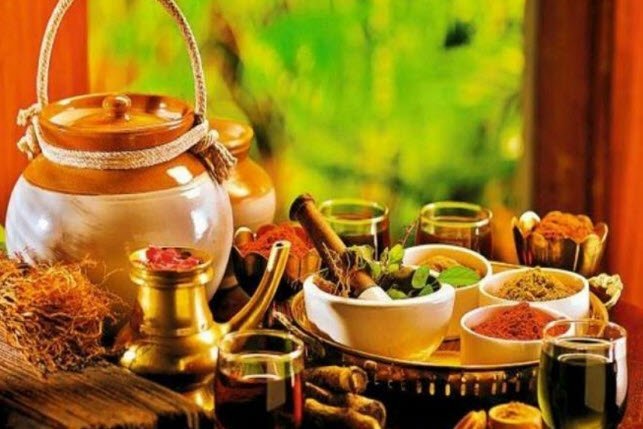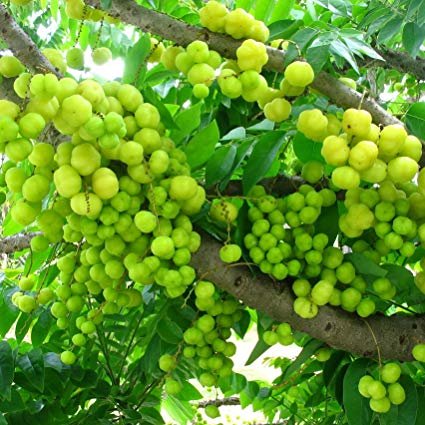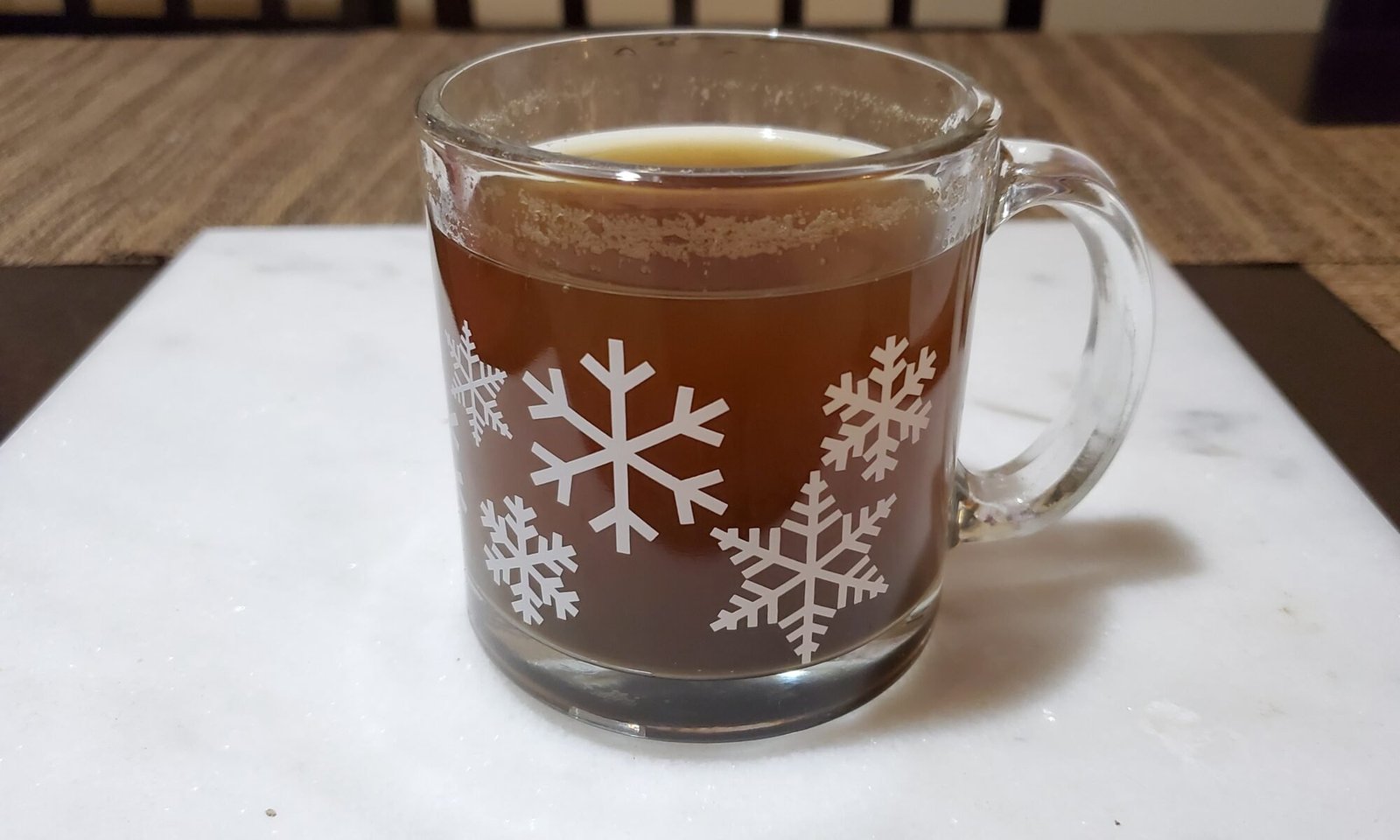7 Collagen Peptides Powder Benefits
When it comes to starting a collagen peptides routine, there are never too many questions to ask. Questions range from collagen peptides powder benefits, collagen peptides for men, collagen peptides for Arthritis treatment, collagen peptides for joints pain, collagen peptides side effects, and so on. In this article, we’ll discuss all there is to know about collagen peptides.
What Are Collagen Peptides?
The most abundant protein in the human body is collagen. It is the main content in connective tissues, which include ligaments, skin, tendons, and muscles (6). Studies have shown that collagen supplements may help with skin, joints, bones, and hair. The sections below described in details various benefits of collagen powder for your health.
Health Benefits Of Collagen Peptides
Collagen serves numerous functions and plays vital roles in providing structure to your skin and strengthening your bones and joints. Collagen peptides are fragments of protein derived from animal collagen. They are proteins found in the skin, cartilage, and bone (1).
Collagen peptides are manufactured usually by dissolving collagen proteins into bits and pieces. Collagen peptides accumulates in the skin and cartilage when taken orally. Collagen peptides are used for the treatment of osteoarthritis and for slowing down the aging process. Other collagen peptides benefits are the treatment of brittle nails, osteoporosis, muscle strength, and many other purposes.
As you age, the level of collagen in your body begins to reduce. By the age of 40, there’s a possibility of losing 1% of body collagen every year and when menopause occurs, it speeds up the loss, causing stiff joints, wrinkles, decreased muscle mass, and worn-out cartilage. This is why taking collagen supplements will help you replenish your lost collagen.
You might be wondering, where does Collagen peptides come from? Naturally, collagen is produced in our body by merging the amino acids, which are the building blocks of proteins found in the food we consume. To produce collagen, your body needs:
- – Glycine: found in chicken skin, pork skin, gelatin, and other protein-rich foods
- – Zinc: found in shellfish, lentils, beans, beef, lamb, pork, cheese, and various types of nuts and seeds.
- – Proline: found in cabbage, mushrooms, egg whites, dairy, and asparagus.
- – Vitamin C: found in bell peppers and citrus fruits.
- – Copper: found in cashews, sesame seeds, organ meats, cocoa powder, and lentils
What Are The Types Of Collagen Powder?
The body contains various types of collagen. Research has shown that there are 29 varieties, but here are the 5 main types
- 1. Type I- Gives strength to your bones, skin, ligaments, and tendons
- 2. Type II – This type of collagen makes up the cartilage that helps give support to the joints.
- 3. Type III – These types of collagen are found in blood vessels, internal organs (liver, bone marrow), and muscles.
- 4. Type IV – found in some layers of your skin
- 5. Type V, present in corneas as well as layers of skin and hair
Collagen Supplement
Most collagen supplements available mostly contain types I, II, and III, accounting for the majority of the collagen found in the body. They contain a digestible type of collagen called hydrolyzed collagen or collagen peptides.
So you might be wondering about collagen peptides versus hydrolyzed collagen. What is the difference between both of them? Well, there are no differences between them. Hydrolyzed collagen is another name for collagen peptides. They are interchangeable terms for the same thing. It’s merely a language issue. The term “collagen peptides” refers to the final product, which are peptides produced from collagen, whereas the term “hydrolyzed collagen” refers to the process used to make collagen peptides.
Collagen that has undergone the hydrolysis process and been reduced to nanoparticle size is known as collagen hydrolyzed or collagen hydrolysate. The outcome is collagen peptides that have been hydrolyzed and are rapidly absorbed into the bloodstream. The most popular and efficient type of collagen supplement is this one.
As peptides enter the bloodstream, they cause cells all over the body to produce more collagen, which can be beneficial for many of your Collagen that has undergone the hydrolysis process and been reduced to nanoparticle size is known as collagen hydrolyzed or collagen hydrolysate. The outcome is collagen peptides that have been hydrolyzed and are rapidly absorbed into the bloodstream. The most popular and efficient type of collagen supplement is this one.
7 Collagen Peptides Powder Benefits
- 1. Maintains skin elasticity
It is no longer news that as we age, our skin gets wrinkled and duller. But collagen peptides slow down this aging process and help give the skin a firm look. It helps plump it up to make you look younger. Take collagen peptides to improve skin health.
- 2. Joint Pain
One of the most prevalent types of chronic pain is joint pain. The two most common causes of joint pain are osteoarthritis (OA) and rheumatoid arthritis (RA), neither of which has a preventive or curative treatment. It has been suggested that taking oral collagen may be able to treat arthritis.

Collagen peptides for joints have been found in numerous scientific studies to aid enhance joint health by preventing cartilage deterioration and assisting in the reduction of inflammation around the joint. Those who have joint issues can benefit from this since it can increase mobility and lessen pain.
- 3. Collagen Peptides For Weight Loss
One of the most important advantages of using collagen peptides for weight loss is that it is naturally high in protein and low in calories. When it comes to losing weight, lean proteins are your best bet. A meal or snack high in lean protein can help you feel fuller for longer, providing your body with energy without you having to pack the pounds.
Consuming collagen, specifically gelatin, has also been shown in studies to increase ghrelin levels in the body. Ghrelin is the hormone that makes you feel full, so having more of it will help you resist the urge to eat more and keep your calorie count low.
Another method in which collagen for weight loss occurs is that it can help relieve joint pain and inflammation. This may not appear to be an obvious benefit when it comes to weight loss, but it can certainly go a long way.
Joint pain can seriously impede a workout and even daily activities, reducing your ability to burn calories. Collagen may help boost your exercise routine and make it easier to lose weight by reducing joint pain and improving mobility.
- 4. Bone Health
Peptides from collagen can help bone health. Collagen and calcium ions make up the majority of the material in your bones. Throughout one’s life, bones are constantly regenerating and repaired in a process known as bone remodeling.
Collagen peptides can be used as a health supplement to promote bone remodeling and support excellent bone health. Researchers discovered in a recent study that collagen peptide supplementation can affect bone cells’ metabolism at various levels, encouraging remodeling and aiding the body in maintaining the strength of its bones. In another clinical trial research, they discovered that collagen type II helped improve joint mobility and comfort and also support their physical function. (3)
- 5. Gut Health
Although there is little data on collagen supplements, studies have shown that people with digestive problems have lower levels of some forms of collagen. As a primary fuel source for the cells in the intestine, L-glutamate, one of the major amino acids in collagen, maintains the health of the digestive system.
Proline and glycine, two other amino acids present in collagen, are also used as fuel by the cells that line our stomach. Collagen supplementation facilitates digestion, supports gut lining repair, and can treat IBS and leaky gut syndrome (4).
- 6. Collagen Peptides For Hair Growth
Collagen makes up more than half of your dermis, the layer of your skin in which the root of each hair grows (5). It contributes to the elasticity and strength of your dermis as old age loses the body’s ability to produce collagen. This is why hair gets thinner over time.
Collagen helps the hair bulb with the optimum nutrition throughout the growth stage of your hair, thereby generating the ideal conditions for the formation of strong hairs. Another way collagen peptides for hair occurs via hydration. The main benefits of collagen peptide-infused conditioners, shampoos, and serums are hydration and the advantages of amino acids for safeguarding and protecting hair and scalp.
- 7. Collagen Peptides For Arthritis
Collagen peptides supplements may help with the pain and inflammation associated with Osteoarthritis. Arthritis occurs as a result of cartilage damage at the joints. This condition worsens over time and can be excruciatingly painful, affecting your mobility and overall quality of life. The cartilage acts as a smooth layering between the ball (the end of the femoral head) and the socket (the acetabulum of the pelvis), allowing the ball to slide and rotate with ease when the leg moves. The Labrum is the cartilage that lines the outer rim of the socket and provides stability.

When the cartilage in your joint is damaged, it becomes rough and abrasive (2). The space between the joints narrows due to cartilage thinning. In severe cases, the bones start rubbing against each other, causing pain and stiffness. Collagen peptides for Arthritis help rebuild and protect the cartilage to prevent friction.
Side Effects of Collagen Peptides
The Side effects of collagen vary depending on which collagen supplement you take. Whichever one you take, the side effects are generally mild. The possible side effects you experience include;
- 1. Diarrhea
- 2. Upset stomach
- 3. Rashes, or skin reactions
- 4. Heartburn
- 5. Headache
- 6. Nausea
- 7. Constipation
People who are allergic to fish, chicken, shellfish, or egg should avoid ingesting collagen supplements since they may contain these ingredients. Pregnant and breastfeeding mothers should avoid taking this supplement as the safety has not been ascertained.
How Much Collagen Peptides Per Day?
Depending on the collagen supplement you are taking and the reason for taking it, the doses vary for each day.
Typically, 2.5-10 grams of collagen peptides in divided doses can be taken by mouth daily for 8–12 weeks to improve the health of your skin and hair. 10 grams of collagen peptides can be given every day in 1-2 divided dosages for roughly 5 months to treat arthritis.
The various varieties of collagen that are readily available also have different doses and this is how many collagen peptides per day are used.
- 1. Hydrolyzed collagen derived from shellfish, cattle, pigs, poultry, and other sources. It is possible to purchase hydrolyzed collagen in powder or capsule form, and research suggests that consuming 2.5–15 grams of it daily may be beneficial for the health of your skin, bones, and hair.
- 2. Undenatured Collagen: Gotten from chicken cartilage. According to some research, consuming 10mg to 40 mg of undenatured collagen every day can considerably reduce your joint discomfort and inflammation.
- 3. Gelatin- gotten from animal sources is used to augment the collagen proteins in smoothies, sauces, soups, and other dishes.
Note that the directions for use on each package of the supplements will often advise taking 1-2 scoops of a powdered supplement, or 1-2 pieces of a pill or gummy supplement, every day. Be sure to read the nutrition facts label for precise dosing instructions on the different packs because the quantity of collagen in a supplement will depend on how it is made.
Collagen peptides powder benefits are numerous. Powders are the most effective as they deliver the most collagen into the body and are also a convenient way to incorporate a significant amount of collagen into your diet. You could blend it into a sweet smoothie with colorful fruits or mixed with your morning coffee or latte. If you prefer other delivery methods like capsules, drinks, tonics, or gummies that’s fine. Just keep in mind that these products are unlikely to contain as much collagen.
The benefits of collagen peptides go beyond the ones listed above. Collagen supplement may also improve skin health. You may want to take collagen to improve skin health.
Conclusion
In conclusion, People from all walks of life have used natural products from a variety of sources to enhance their beauty, maintain a youthful appearance, alleviate pain, and, in general, maintain their health since time immemorial (1). This is due to the increased interest in the health benefits of antioxidants derived from natural products as a result of their applicability and safety in these supplement production.
When you start using collagen supplements for your body, you will notice that your physical appearance begins to improve. Your bone gets stronger, arthritis pain reduces, and your hair and nails may begin to grow longer and stronger.
References
- 1. https://en.m.wikipedia.org/wiki/Collagen
- 2. https://www.cdc.gov/arthritis/basics/osteoarthritis.htm
- 3. https://nutritionj.biomedcentral.com/articles/10.1186/s12937-016-0130-8
- 4. https://pubmed.ncbi.nlm.nih.gov/14600124/
- 5. https://www.derm101.com/inflammatory/embryologic-histologic-and-anatomic-aspects/collagen/
- 6. https://www.webmd.com/diet/collagen-health-benefits











































